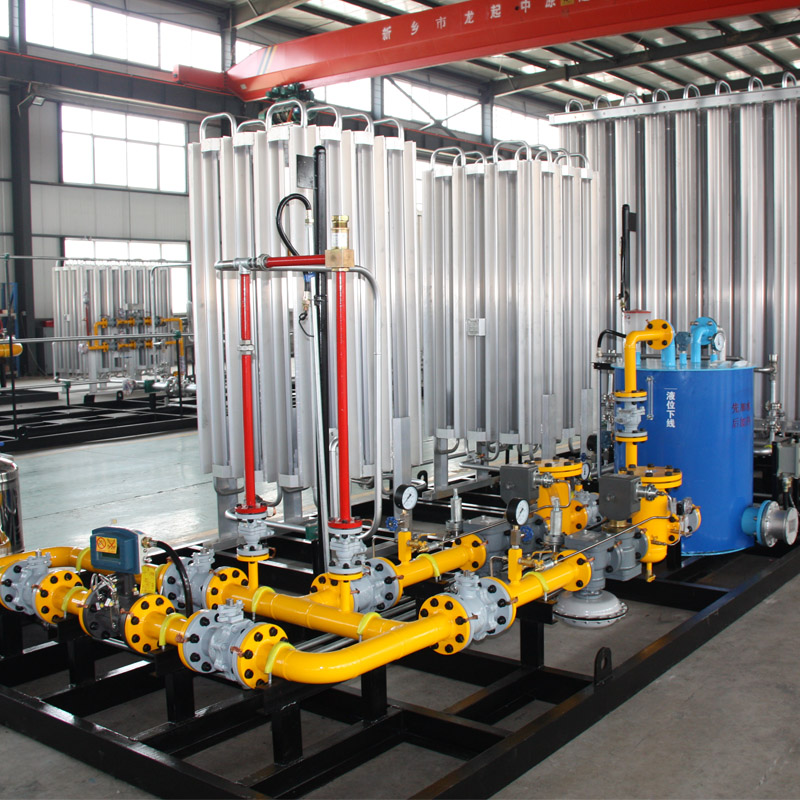
Dec . 12, 2024 20:08
Back to list
pressure reducing regulators
Understanding Pressure Reducing Regulators Functionality and Applications
Pressure reducing regulators (PRRs) play a crucial role in the management of gas and liquid pressure within a system. Found in various applications, from industrial to residential sectors, these devices ensure that pressure levels remain within safe and effective limits. This article explores the fundamental workings, types, applications, and significance of pressure reducing regulators.
What is a Pressure Reducing Regulator?
At its core, a pressure reducing regulator is a mechanical device designed to lower and stabilize the pressure of a fluid—either gas or liquid. The primary function of a PRR is to maintain a consistent downstream pressure, regardless of fluctuations in the upstream system. This regulation is vital for protecting equipment and ensuring optimal operational conditions.
How Do Pressure Reducing Regulators Work?
PRRs typically consist of a valve, a spring, and a diaphragm. The regulator operates on a simple principle when the upstream pressure exceeds the set point, the diaphragm moves against the spring force, causing the valve to open and release pressure. As the downstream pressure approaches the desired level, the diaphragm returns to its original position, gradually closing the valve and stabilizing the flow.
The set pressure can be adjusted by changing the tension on the spring, allowing flexibility according to the needs of the system. This simple yet effective design makes PRRs reliable components across various industries.
Types of Pressure Reducing Regulators
1. Direct-acting Regulators These are the most common and operate solely based on the pressure difference across the valve. They provide immediate response to pressure changes, making them suitable for applications requiring quick adjustments.
2. Pilot-operated Regulators In these regulators, a small pilot valve controls a larger main valve. This configuration allows for more precise control over higher flow rates and is often used in high-pressure applications.
3. Back-pressure Regulators These regulators maintain a specific pressure in the upstream system and are typically used in piping systems to prevent overpressure situations.
4. Electronic Regulators With advancements in technology, electronic pressure regulators have emerged. These devices use sensors and controllers to maintain desired pressure levels automatically, providing enhanced accuracy and efficiency.
pressure reducing regulators

Applications of Pressure Reducing Regulators
The applications of pressure reducing regulators are vast and varied. Below are some key areas where PRRs are commonly used
- Industrial Processes In manufacturing, PRRs are essential for controlling process fluids, ensuring that machinery operates within specified pressure ranges.
- Gas Distribution In natural gas applications, PRRs regulate the pressure delivered to consumers, providing safe and efficient gas supply to homes and businesses.
- Hydraulic Systems In hydraulic equipment, maintaining consistent pressure is vital for the performance of the system. PRRs help in achieving this by controlling the hydraulic fluid's pressure.
- Water Supply Systems Municipal water systems utilize PRRs to manage water pressure, ensuring that it remains within safe limits for distribution to households and commercial buildings.
- Medical Equipment In healthcare, PRRs are used in medical gas systems, maintaining safe pressure levels for the delivery of gases such as oxygen and nitrous oxide.
Importance of Pressure Reducing Regulators
The significance of pressure reducing regulators cannot be overstated. They contribute to safety, efficiency, and reliability in various systems. By preventing pressure surges, PRRs protect equipment from damage, enhance performance, and minimize risks associated with over-pressurization.
Furthermore, PRRs help in optimizing energy consumption. By ensuring that systems operate at the required pressure levels, they prevent excess energy use, leading to reduced operational costs and environmental impact.
Conclusion
Pressure reducing regulators are essential devices in maintaining operational integrity across numerous applications. By effectively controlling pressure levels, they ensure safety, reliability, and efficiency. With advancements in technology and an increasing range of applications, the role of PRRs will continue to expand, reinforcing their importance in both industrial and residential environments. Understanding their functionality and applications will empower users to make informed decisions regarding their implementation, ultimately enhancing system performance and safety.
Next:
Latest news
-
Safety Valve Spring-Loaded Design Overpressure ProtectionNewsJul.25,2025
-
Precision Voltage Regulator AC5 Accuracy Grade PerformanceNewsJul.25,2025
-
Natural Gas Pressure Regulating Skid Industrial Pipeline ApplicationsNewsJul.25,2025
-
Natural Gas Filter Stainless Steel Mesh Element DesignNewsJul.25,2025
-
Gas Pressure Regulator Valve Direct-Acting Spring-Loaded DesignNewsJul.25,2025
-
Decompression Equipment Multi-Stage Heat Exchange System DesignNewsJul.25,2025

